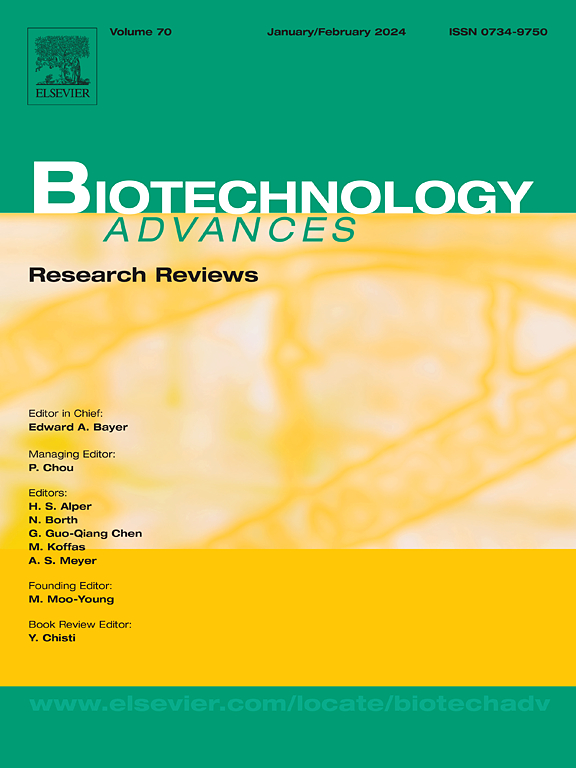A novel member of biomimetic nano vesicles: Functional properties and research progress of hybrid-membered nanovesicles
IF 12.5
1区 工程技术
Q1 BIOTECHNOLOGY & APPLIED MICROBIOLOGY
引用次数: 0
Abstract
In recent years, natural Extracellular Vesicles (EVs) and Artificial NanoVesicles (ANVs) have demonstrated significant advantages in pathology detection and disease treatment due to their unique biological properties. However, both vesicles exhibit inherent limitations, such as the yield issues associated with EVs and the targeting challenges encountered by Single-Membered NanoVesicles (SMNVs). Consequently, the development of Hybrid-Membered NanoVesicles (HMNVs), which integrate the advantages of both types, may expand the application scope of nanomaterials. This review examines the preparation methods and characterization techniques for HMNVs, underscoring their advantages over the parent materials. Next, we emphasize the structural stability of HMNVs as they traverse both the gastrointestinal and blood-brain barriers, highlighting their significant implications for disease detection and therapy. Finally, we outline the challenges and prospects associated with the clinical application of HMNVs. We aim to provide valuable insights into the structural exploration of these Nano vectors and their potential functional expansion.
一种新型仿生纳米囊泡:混合纳米囊泡的功能特性及研究进展。
近年来,天然细胞外囊泡(Extracellular Vesicles, EVs)和人工纳米囊泡(Artificial NanoVesicles, ANVs)由于其独特的生物学特性,在病理检测和疾病治疗方面具有显著的优势。然而,这两种囊泡都表现出固有的局限性,例如与ev相关的产率问题以及单分子纳米囊泡(SMNVs)遇到的靶向挑战。因此,综合两种类型的优点的混合纳米囊泡(HMNVs)的发展可能会扩大纳米材料的应用范围。本文综述了hmnv的制备方法和表征技术,强调了它们相对于母体材料的优势。接下来,我们强调了hmnv在穿越胃肠道和血脑屏障时的结构稳定性,强调了它们对疾病检测和治疗的重要意义。最后,我们概述了与hmnv临床应用相关的挑战和前景。我们的目标是为这些纳米载体的结构探索及其潜在的功能扩展提供有价值的见解。
本文章由计算机程序翻译,如有差异,请以英文原文为准。
求助全文
约1分钟内获得全文
求助全文
来源期刊

Biotechnology advances
工程技术-生物工程与应用微生物
CiteScore
25.50
自引率
2.50%
发文量
167
审稿时长
37 days
期刊介绍:
Biotechnology Advances is a comprehensive review journal that covers all aspects of the multidisciplinary field of biotechnology. The journal focuses on biotechnology principles and their applications in various industries, agriculture, medicine, environmental concerns, and regulatory issues. It publishes authoritative articles that highlight current developments and future trends in the field of biotechnology. The journal invites submissions of manuscripts that are relevant and appropriate. It targets a wide audience, including scientists, engineers, students, instructors, researchers, practitioners, managers, governments, and other stakeholders in the field. Additionally, special issues are published based on selected presentations from recent relevant conferences in collaboration with the organizations hosting those conferences.
 求助内容:
求助内容: 应助结果提醒方式:
应助结果提醒方式:


